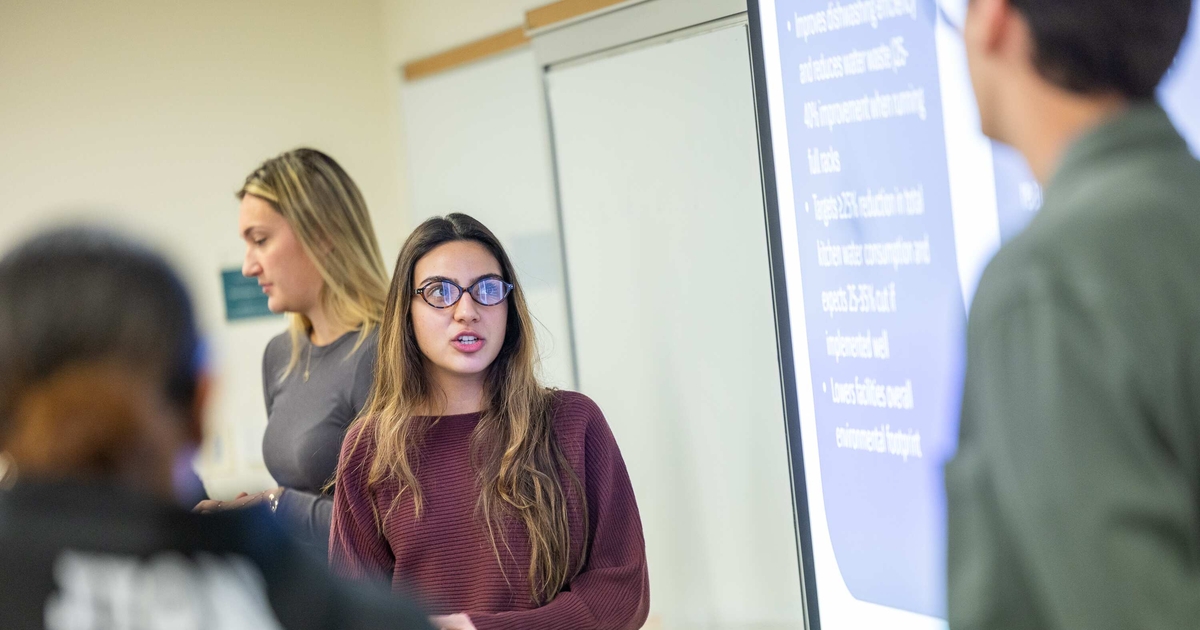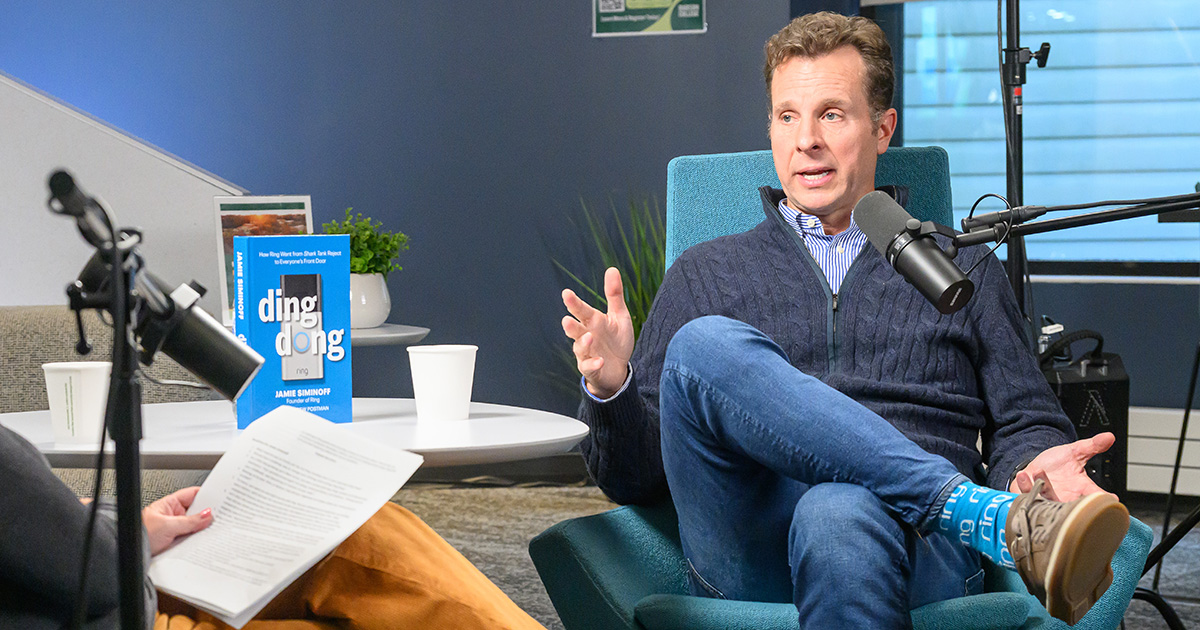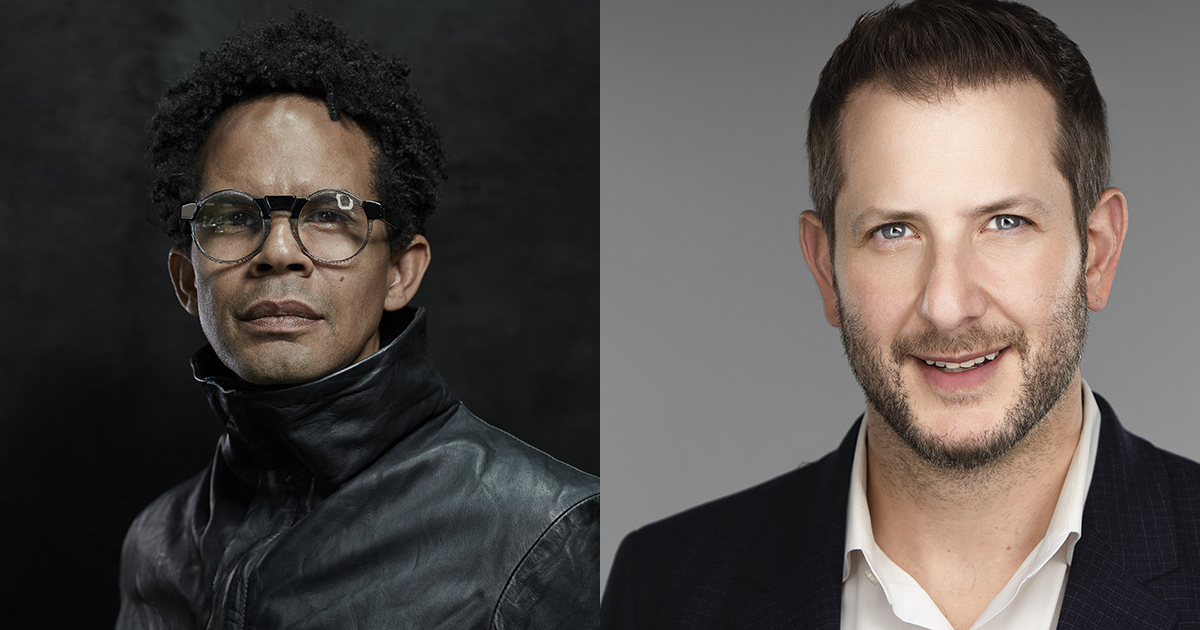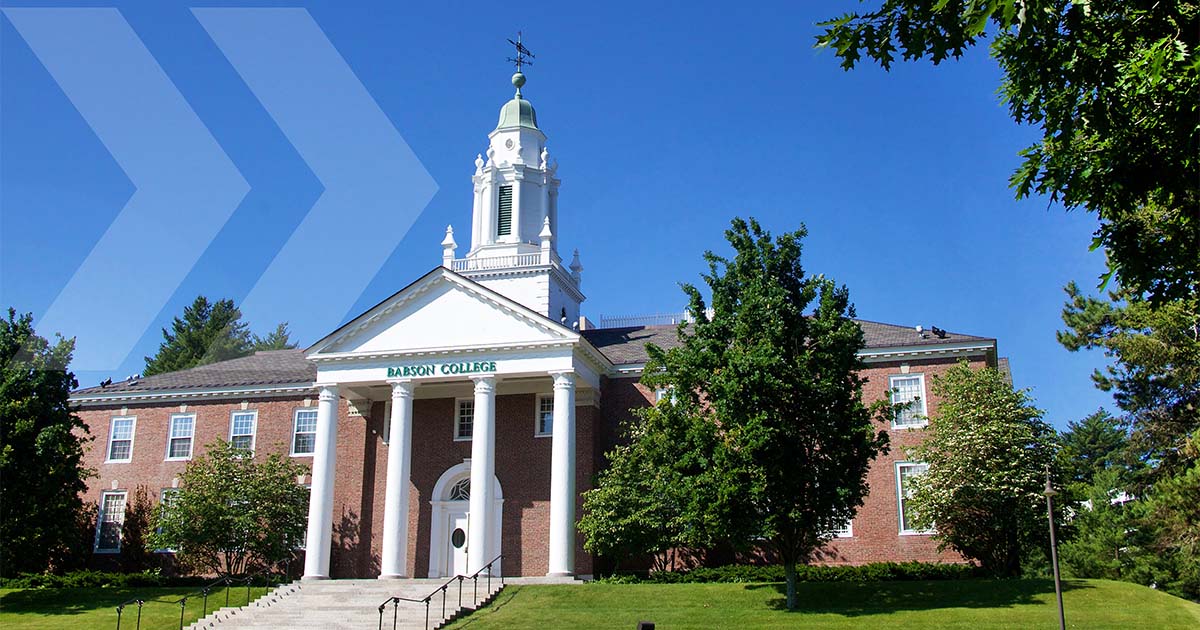Flying Eyebrows and Soaring Mustaches: The Best (and Worst) of the Super Bowl Ads
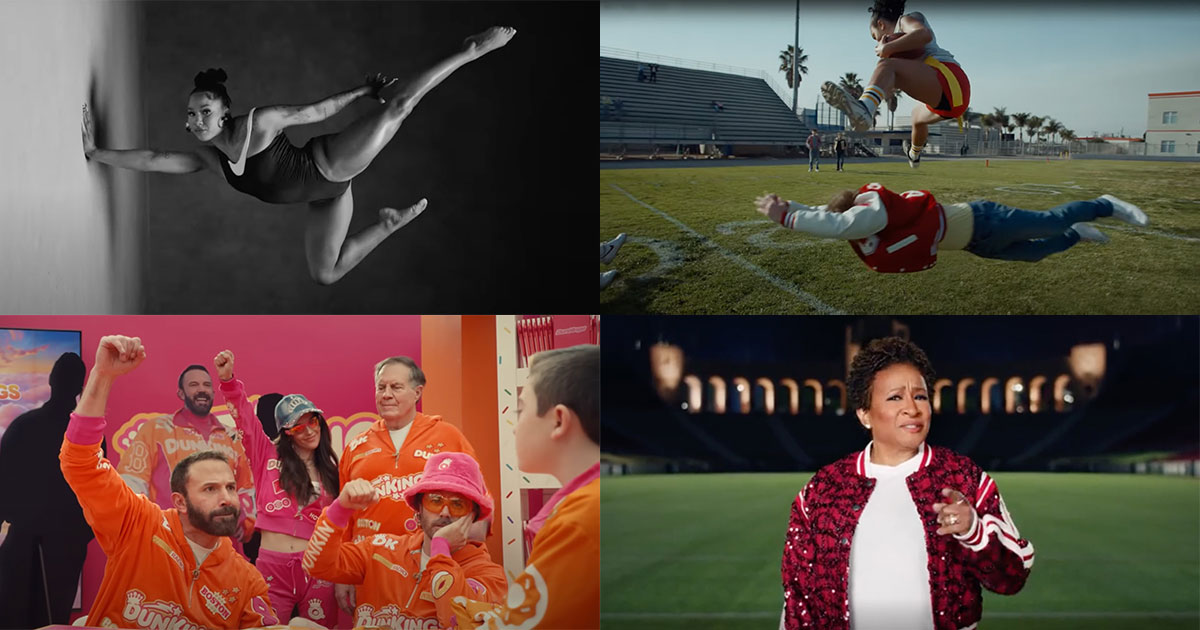
The commercials at the Super Bowl made some interesting—and truth be told, kind of kooky—choices this year.
One ad from Little Caesars features a pair of flying eyebrows. Another from Pringles spotlights a squadron of soaring mustaches.
Then there is the matter of the Coffee Mate commercial, which focuses on a giant dancing tongue.
“The Little Caesars spot, featuring Eugene Levy’s eyebrows, just kind of grossed me out a bit, and the Coffee Mate ad, featuring a very active tongue, kind of grossed me out a lot,” says Gary Ottley MBA’97, an associate professor of practice in marketing at Babson. “Maybe advertisers should stay away from featuring body parts in tight close ups in their ads. Just a thought.”
The game on the field may not have offered much excitement, with the Philadelphia Eagles trouncing the Kansas City Chiefs, but professors in Babson’s Marketing Division, like so many of us, stay tuned for the ads. “I always have takes on marketing stuff, especially opinions on Super Bowl ads,” Ottley says. “Admittedly, it’s the main reason I watch that game. I don’t much care about American football.”
Here’s what the marketing experts at Babson made of this year’s crop of Super Bowl commercials.
Nike Returns
Anjali Bal wasn’t too impressed by this year’s blitz of commercials. “Many brands seemed nervous and clearly uninterested in making waves,” says the associate professor of marketing. “I found most of this year’s Super Bowl ads to be lackluster.”
A standout to her was Nike’s black-and-white spot, the company’s first Super Bowl commercial in 27 years, that features a slew of women athletes signed to the company. Set to a Led Zeppelin soundtrack and entitled “So Win,” the ad addresses critiques that women athletes often face.
“I always have takes on marketing stuff, especially opinions on Super Bowl ads. Admittedly, it’s the main reason I watch that game. I don’t much care about American football.”
Gary Ottley MBA'97, associate professor of practice in marketing
“After experiencing a significant decline in sales, the sports apparel giant returned to its roots. This was Nike storytelling at its best. By highlighting many of their female athletes, Nike is doubling down on their sponsorship agreements,” Bal says. “In contrast, many other brands relied heavily on their familiar celebrity endorsements, failing to convey any meaningful message about their brand or values.”
Samantha Cross praised the ad as well. “From a brand management perspective, the Nike brand reliably delivered its unapologetic empowerment of female athletes (and women overall) with superior black-and-white videography,” says Cross, an associate professor of marketing and the F.W. Olin Distinguished Professor of Global Business.
She added, “In spite of its challenges, the Nike brand has consistently championed and inspired with its advertising dollars. Is this in Nike’s best interest? Yes. Does Nike make good use of its 30-second, $8 million Super Bowl spot? Arguably better than some other brands. Will it have the (often controversial) impact they hope for? We shall see.”
Theme: Female Empowerment
Sandra Bravo MBA’87 called out the Nike ad, as well as spots by the NFL and Dove, for their female empowerment messages. “Super Bowl commercials promoting the power of girls was a theme unique to 2025,” says Bravo, associate professor of practice in marketing.
Promoting the idea that girls flag football should be a varsity sport, the NFL ad follows a “new girl” in high school who goes on to embarrass bullying boys on the football field. The Dove commercial, meanwhile, addresses the toxic language that too often can surround young female athletes. “The Dove hashtag #KeepHerConfident says it all,” Bravo says.
Ottley noted that the Nike ad, as well as a Novartis ad advocating breast cancer awareness that features comedian Wanda Sykes, did not rely on any male voices. “Both the Nike and Novartis ads did not include any of the standard male pitchmen, which I appreciated,” he said.
A Google Tearjerker
The ad that grabbed Mike McGuirk’s attention was the cry-inducing Google spot for its AI-powered chatbot. Entitled “The Dream Job,” the commercial shows the chatbot helping a dad prepare for an impending job interview.
For McGuirk, an associate professor of practice in marketing, the new ad demonstrated that Google had learned from its mistakes during the Summer Olympics, when it introduced and soon suspended an ad that showed how AI could help a young girl write a letter to her Olympic hero. “That ad received heavy consumer backlash because it is a portrayal of technology replacing authentic human emotions and connections,” McGuirk said.
“Many brands seemed nervous and clearly uninterested in making waves. I found most of this year’s Super Bowl ads to be lackluster.”
Anjali Bal, associate professor of marketing
In contrast, McGuirk says the new ad does a nice job humanizing technology, with the chatbot providing the dad with sample interview questions, which he answers by reflecting on his relationship with his daughter. Clips are shown of him interacting with her through the years.
When the chatbot asks what motivates him, McGuirk says, “The dad leans into his loving relationship with his daughter and provides a powerfully authentic and emotional answer, ‘I guess knowing that people can depend on me, and knowing I can depend on them, too.’”
Take Me Home, Country Roads
A message of togetherness highlighted Lauren Beitelspacher’s favorite ad. A commercial by Rocket Mortgage, the spot showed people building lives in their new homes as the song “Take Me Home, Country Roads” reaches a crescendo. After the ad, people were shown singing along to the song inside the Superdome, the site of the Super Bowl.
“I loved the message of unity and shared dreams,” says Beitelspacher, professor of marketing and the Ken and Nancy Major Romanzi Senior Term in Marketing. “I also thought it was very clever how they tied the commercial into real time at the Superdome, seeing both Chiefs and Eagles fans singing together. In a divisive time, I appreciated the message that we all have dreams.”
Posted in Insights

